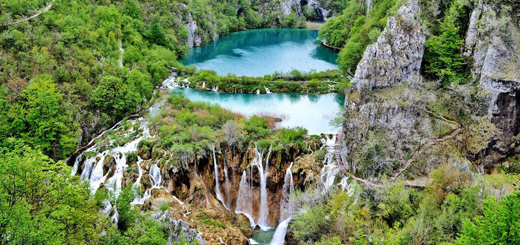Southern Spain: Olive oil and Tapas Trail
Seville, Córdoba, Granada

Seville – 3 nights
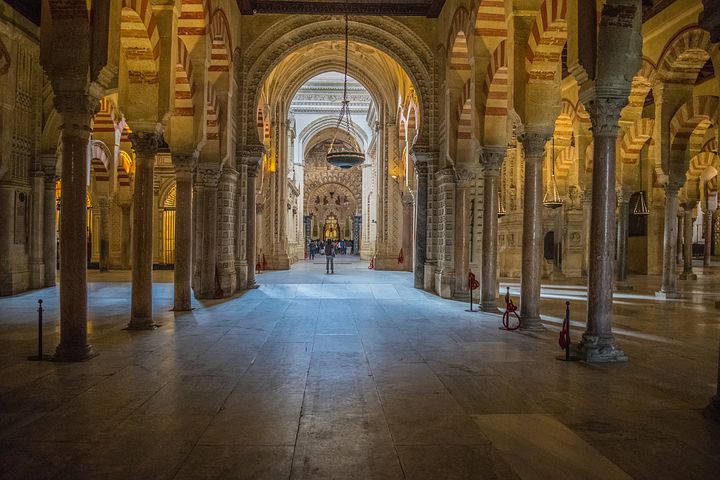
Córdoba – 3 nights
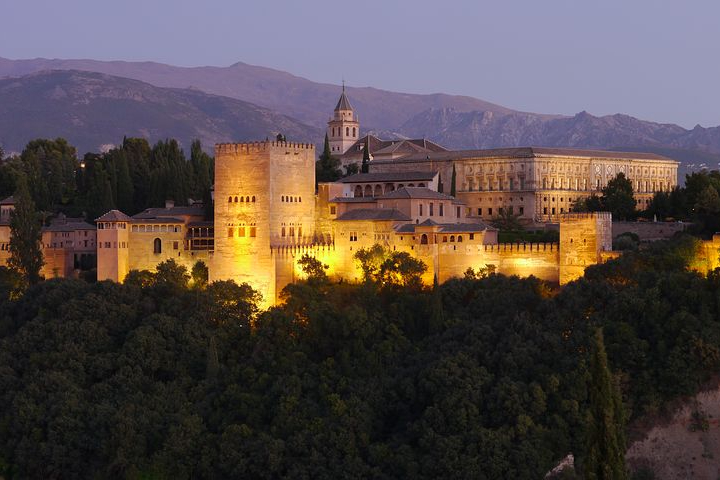
Granada: 2 nights

9 days Itinerary

Olive trees were first brought to Spain around 3000 years ago and they were planted in Andalusia, the region in the south of Spain, in which Seville, Córdoba and Granada are situated. Spain now has 16% of the world’s olive trees (300 million), 21% of world’s production and 30% of world’s exports.

There are some 260 varieties of olives being grown in Spain, each with their own unique quality. In general, they are divided into 2 types, green and black. They are used in recipes of appetizers to desserts and to make olive oil.
Seville: 3 nights
( 3 hours by train or 1 hour by flight from Madrid )
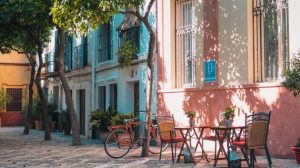
Seville is Andalusia’s historic capital city. It is famous worldwide for its culture, Moorish architecture, flamenco and exciting culinary scene. It is a charming and vibrant city, full of life. The narrow streets, colourful houses and the tapas bars draw the tourists from the world over.
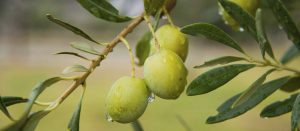
Spain produces about half of the world’s olive oil and Andalusia contributes 75% to it. Olive oil is one of the key ingredients in Spanish gastronomy.
Olive oil tour :

Around 30 min from Seville, in the region of Los Alcores, there are olive groves of mainly Arbequina olives.
Arbequina olives produce a sweet, fruity oil. The oil has the aroma of banana, almond and apple. It has very little bitterness and is quite smooth. Extra Virgin olive oil is the main product from these olives. Freshly harvested olives are cleaned up and immediately processed using mechanical methods to extract this premium oil. The oil has a pale yellow to greenish colour and is used in a variety of cuisines.
Basilippo are a boutique producer in this region, situated near the town of El Viso del Alcor. They produce 100% organic extra virgin olive oil which has become famous worldwide for its exceptional quality. At the Hacienda, they cultivate around 6000 Arbequina olive trees alongside Manzanilla olives which are used as table olives.

The architecture of the Hacienda reflects its 18th century origins when the first olive trees were planted. A visit includes a walk around the groves, understanding the production method in the mill, seeing the cellar and ending with a tasting of the various qualities of olive oil along with authentic tapas.

From Basilippo, around 15 min by road is the town of Carmona. It is a historic hilltop town with ancient churches, palaces and forts. It is one of Spain’s oldest cities and can be easily covered on foot.
Tapas in Seville:
Tapas is Spain’s contribution to World’s gastronomy and Seville is the home of Tapas. In Spanish, a ‘tapa’ is a small plate and therefore, Tapas means a collection of small dishes. It is an integral part of Spanish lifestyle.

Restaurants and bars the world over have adopted the Tapas culture due to the infinite possibilities it presents. In fact, it has now become a vehicle for showcasing the creativity of experimental chefs who create miniature masterpieces to gratify the taste buds.
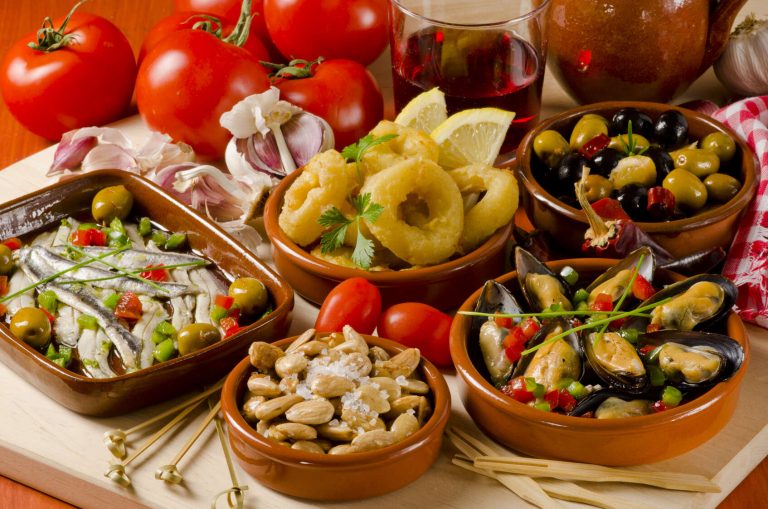
Tapas is small in size but is full of flavour enabling the diners a chance to explore various dishes without feeling full. It ranges from a simple bowl of olives or cheese with bread and olive oil, to complex preparations with lots of ingredients. There is a choice of sweet, savoury and spicy as well as hot and cold Tapas.
Seville is a great place for a Tapas crawl. There are more than 3000 tapas bars and restaurants. You can eat tapas at just one bar but it is fun to go bar hopping and sample different specialties. There are traditional as well as modern bars.
Some authentic, simple Tapas (Vegetarian) are:
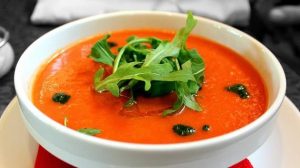
- Salmorejo (Cold Tomato Soup)
- Espinacas Con Garbanzos (Spinach and Chickpeas stew)
- Papas Aliñás (Potato Salad)
- Montaditos (Small Toasted Sandwiches)
- Tortilla Española (Potato and Egg Omelette)
- Olives and Cheese
Some gourmet Tapas (Vegetarian) are:

- Spinach and Cheese Croquetas
- Parmesan, Truffle and Zucchini Risotto
- Vegetable Lasagna
- Patatas Alioli (Potatoes in garlic, olive oil sauce)
- Berenejas con Miel (Eggplant with Honey)
Some of the well known bars and restaurants are:
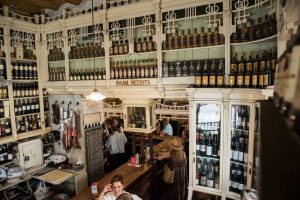
Existing since 1670, this is the oldest bar in the city. Wooden countertops, panelling and barrels used as tables create an elegant atmosphere reflecting its iconic status.
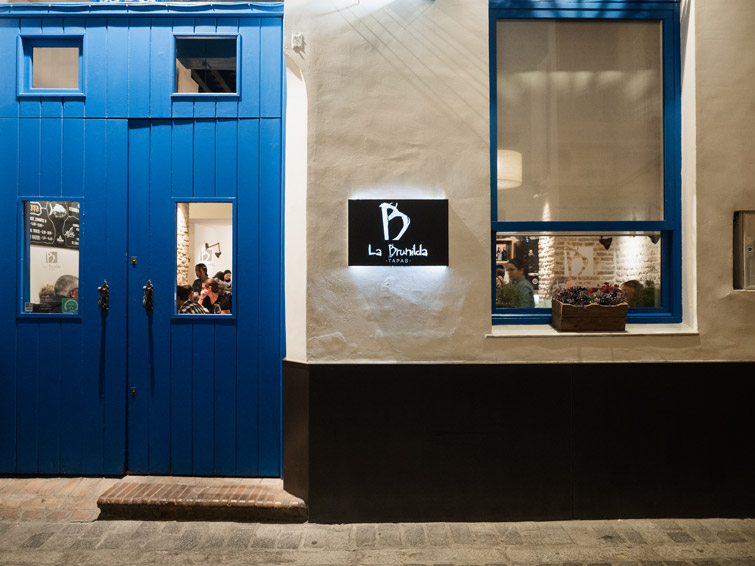
The interiors are bright and on offer are traditional recipes with a modern twist, beautifully plated.
This is a family owned lively tapas bar, founded in 1939. It is located a few minutes walk from the Cathedral. It’s food pays tribute to Andalusia using fresh and local ingredients. The tapas menu is extensive and the quality is excellent.
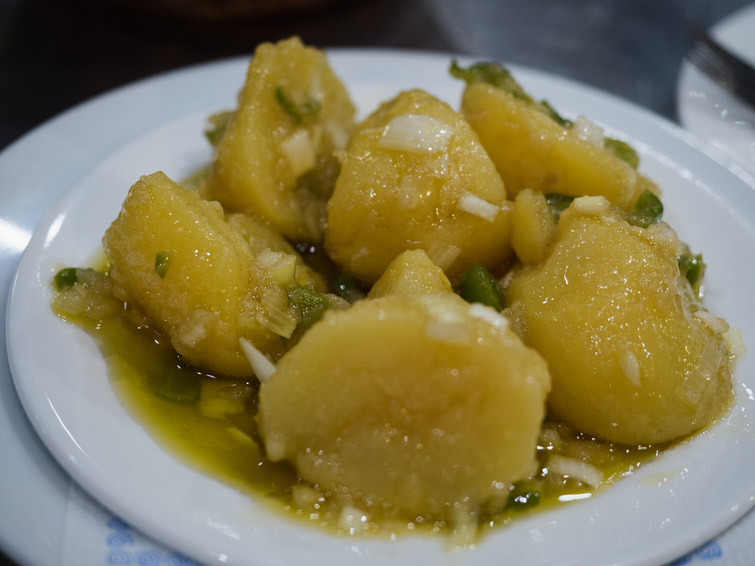
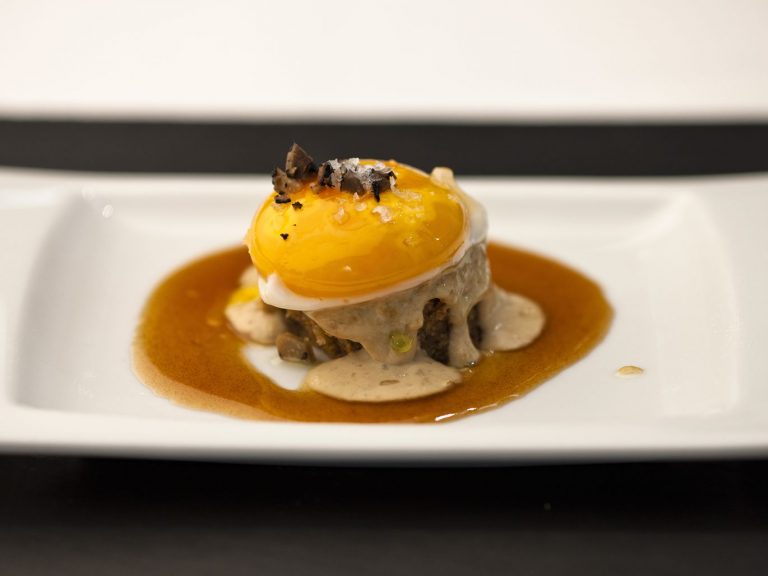
This is one of the most popular tapas bars. It has won awards for many of its modern gastro tapas.
This is a modern looking bar with a menu full of traditional dishes prepared using modern techniques.
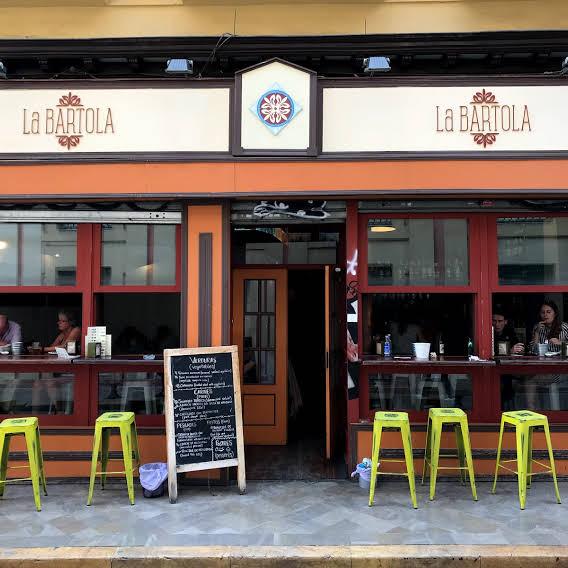
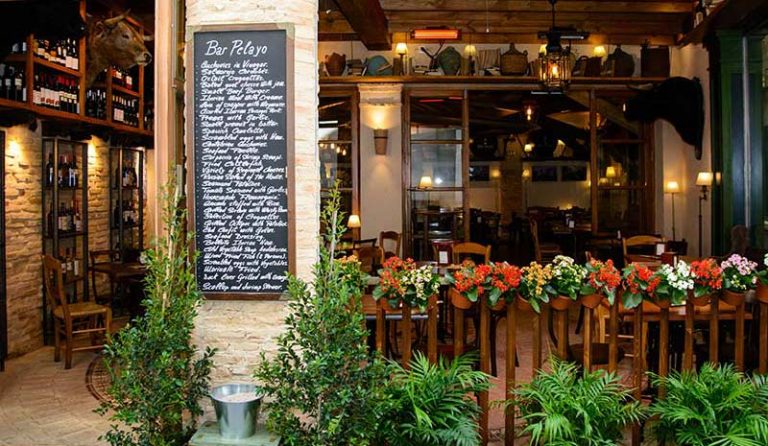
Located near the Giralda, Bar Pelayo has three seating areas, each decorated in different themes. The connection is through a vertical garden which is a visual delight.
The tapas are a mix of traditional and avant-garde, using fresh produce and accompanied by a selection of best Spanish wines.
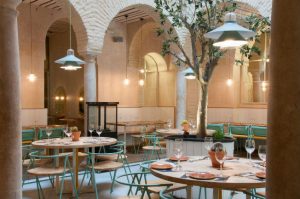
Located near the Cathedral and housed in a former 1790 warehouse, this tapas and cocktail bar exudes a charming, chic feel owing to its sunshine filled central courtyard.The food is traditional with a flair for the modern and the cocktails are a delight in gastronomy.
Tapas cooking classes:
There are many cooking classes for visitors where authentic tapas making is taught. A market tour is included to give knowledge about the local ingredients. They require a few hours and there is a tasting session at the end.
Some of them are:
Taller Andaluz de Cocina
Fresh Cooking Spain
Cooking Olé
Sherry tasting in Seville:
Sherry is one of Seville’s favourite drinks. It is produced in south western Spain, in an area made up of 3 towns near the coast of Cádiz, known as the Sherry triangle. Palomino, Moscatel or Pedro Ximenez grapes are used to make Sherry. It is a fortified wine made by a process of blending and ageing.

The flavours range from very dry to very sweet and can be paired with different tapas or as an ingredient in cocktails. The bars in Seville offer a complete selection of Sherry wines. One can also visit Jerez de la Frontera which is an hour away from Seville and do the tasting at the Bodegas (wineries).
A well known winery is :


This is a historic winery, founded in 1896, producing top quality wines and winning awards and recognition.
Sightseeing in Seville:
Seville has some great Moorish and Catholic monuments, an 18th century bullring, enchanting old neighbourhoods and unique modern architecture.
Royal Alcazar Palace:
The palace was built in the 12th century, with additions happening till the 19th century, resulting in a mix of Moorish, Renaissance and Mudéjar architecture. The upper floors are used as the Royal family’s Seville residence. This is a Unesco world heritage site.
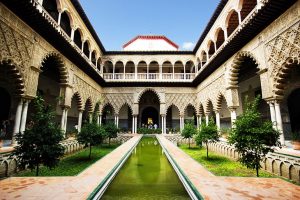
The gardens are beautifully landscaped with manicured grounds, courtyards, fountains and pools, in Andalusian style.
Plaza de España:

This is Seville’s most famous plaza created in 1929 to symbolise peace with the former colonies. A highlight of this square are the 52 benches decorated with Andalusian tiles that represent Spain’s provinces.

This is the largest Gothic Cathedral in the world and a Unesco world heritage site. It was built between the 15th and 16th centuries and contains the tomb of Christopher Columbus. There is an invaluable collection of art treasure as well as beautiful paintings on display.
La Giralda:
The Giralda bell tower was once a minaret of the mosque where now the Cathedral stands. The panoramic view from the top is worth the climb.
Plaza de Toros:
It is the largest bullfighting arena in Spain with a capacity of 14,000 spectators. It dates back to 1758 and bullfights are still held here on Sundays from spring to fall. There is a museum ‘Museo Taurino’ inside the grounds on the history of bullfighting in Seville.
Flamenco shows:
Flamenco originated in Andalusia in the 18th century and is associated with the gypsy culture present in the region. It is now the most famous style of dance and music in Spain. It evokes passion and energy unlike any other dance form and is an exhilarating experience to watch and listen to.
The Flamenco shows happen in many bars and restaurants across the city every evening with live music. The Triana neighbourhood is especially well known for it.
Córdoba: 3 nights
(45 min by train or 1 hour 40 min by car from Seville)
Córdoba is an ancient city with world famous Moorish architectural monuments, beautiful courtyard houses, welcoming squares, lively taverns and an exciting cultural scene. The historic center is a Unesco world heritage site.

Córdoba represents the diverse cultures that were practiced by the various rulers who settled there. It has a relaxed, charming atmosphere.
The city is also a base for exploring the famous olive oil region nearby.
The Olive Oil Route:
The provinces of Córdoba and the neighbouring Jaén are the major producers of Andalusia’s ‘liquid gold’. In fact, Jaén is internationally renowned as the ‘World capital of olive oil’.
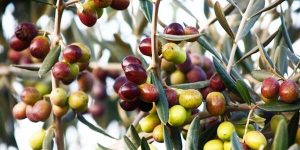
The main varieties of olives grown are Hojiblanca, Picual and Picudo. The colour of the oil is in various shades of yellow to green and the flavour is sweet to slightly bitter. The extra virgin olive oil (EVOO) of this region is one of the most famous and awarded in the world.
Types of Olives:
Hojiblanca: 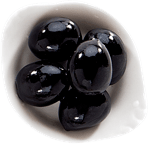
The Hojiblanca olives are used to produce oil and are also used as table olives. The oil is used in salads, pasta etc and can also be used for frying. The taste is sweet with a slight bitterness and the aroma is of freshly cut grass and artichokes. It is greenish golden in colour.
Picual: 
These olives produce a fruity and fragrant EVOO and it is the most widely produced oil in Spain. The name is derived from its pointed tip (Pico). It has a slightly bitter taste with a hint of wood. The oil is green in colour and is used in salads, gazpacho, fruits and desserts. Due to its high stability, it can also be used for frying. It has very high fatty acid content and antioxidant value.
Picudo: 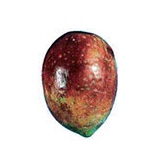
The oil extracted from Picudo olives is full bodied, fragrant and light with an exotic fruity and slightly spicy and peppery aftertaste. It is yellow in colour with a hint of green. The EVOO oil is used in salads, soups and pastries.
Baena and Priego de Córdoba:
( 1 hour from Córdoba)
The territories of Baena and Priego de Córdoba have never ending groves of olive trees. The world famous EVOO from the area is an intense, fruity green oil with herbal notes, mint, almond and apple.
Olive oil mills ( Almazaras) visit and tasting:
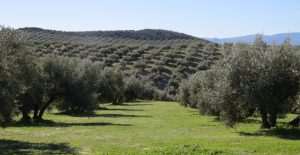
This family estate has existed since 1924 and has 255 hectares of olive groves under the ownership of the Marquis of Prado. The land is a sea of olive trees set on a rolling landscape. It is a certified organic farm producing EVOO of the highest quality. A visit to this mill is very informative and interesting.
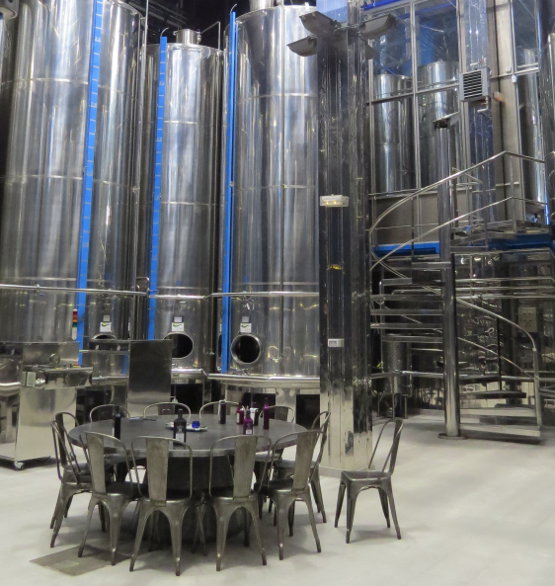
The harvest, usually in November and December, is either done by hand or with a vibrating machine. Within a few hours, the olives are transported to the mill. A computerised system controls the cleaning, crushing and extraction process. The oil then undergoes decantation and filtration before being stored in the cellar.
It is bottled in around 2 months. All the machinery is made of stainless steel to guarantee hygiene and cleanliness.
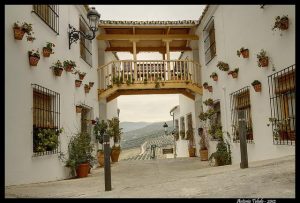
For 7 generations, the Nuñez de Prado family has been associated with the production of olive oil. Since 1795, they have dedicated themselves to producing high quality EVOO using organic methods. They cultivate around 100,000 olive trees in 700 h of land. Their philosophy is : respect for nature, use of the best artisanal methods and the most innovative modern technology.


Their Flor de Aceite (Flower of the oil) is a premium quality 100% organic EVOO. It is collected right after the freshly picked olives are ground to a paste between granite cones and then squeezed between grass mats. This happens even before the first cold pressing .The result is an unfiltered oil with very low acidity and a strong floral and fruity aroma and taste.
The visit includes a stroll through the olive groves, the mill tour and a tasting session of all things olive.
Jaén:
( 1 hour 30 min from Córdoba)
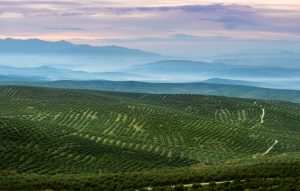
In the province of Jaén, more than 550,000 ha area is devoted to olive groves containing around 60 million olive trees. They cover the land as far as the eye can see. This region produces more olive oil than all of Greece.
Olive oil mills visit and tasting:

This is a family owned company founded in 1982. Their main activity is the production of olive oil from olives procured from different parts of Jaén province. Highest standards are pursued in the making of their EVOO and a modern facility is open for public viewing and tasting.

This Almazara is well known for it’s innovations and modern production technology and management.Their signature product is the organic EVOO.The guided tours include a tour of the olive trees and the production process from the tree to the bottle.
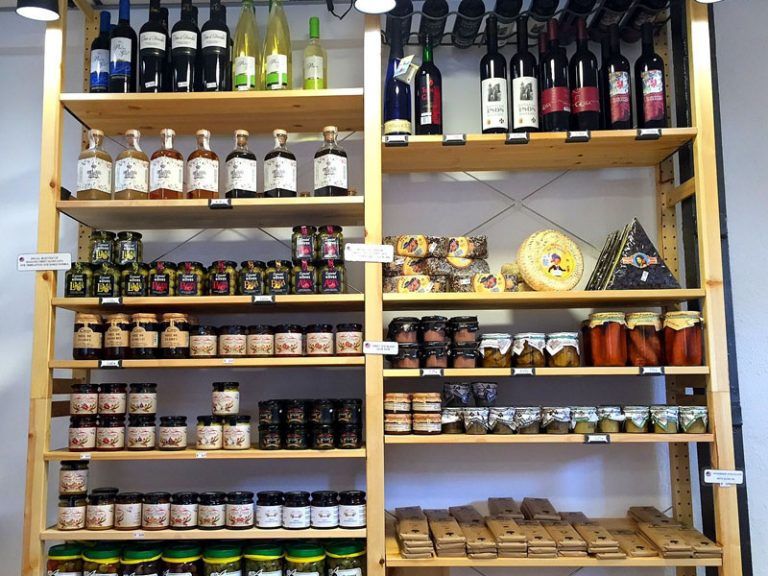

They offer various gastronomic activities like workshops, tasting sessions and traditional foods.
Expoliva:
The international fair of olive oil and allied industries is held every year in Jaén.
OleoTurismo:
Inspired by the world wide success of wine tourism, Jaén’s regional government has begun promoting oleo turismo (olive oil tourism). It’s Oleo tour brings together olive mills that can be visited, specialty shops, farms with staycations, spas with olive based treatments, tour companies offering plantation drives and restaurants showcasing EVOO in their menus.
Sightseeing in Jaén province:
Úbeda and Baeza:
( 40 min from Jaén town)
These are 2 historic towns in the Jaén province which are Unesco world heritage sites. The cobblestone streets with white washed houses lead to awe inspiring Cathedrals and ancient Palaces. They have the best preserved examples of Italian Renaissance architecture in Spain.

The Moorish influence is seen in the handmade pottery available in Úbeda. There is an Olive and Oil Interpretation Centre in a 1930s olive oil mill in Úbeda which has a museum as well as areas for tasting and training. Cooking classes and workshops are also offered.
Córdoba Sightseeing:
La Mezquita : (The Great Mosque)
This is a timeless masterpiece of Moorish architecture, dating back to 784 A.D. It is a Unesco world heritage site and one of the most magnificent Islamic buildings in Europe.
The prayer hall gives the impression of being infinite with its multiple bays. A two tiered system of arches, built with alternating red and white stones, supports the roof.
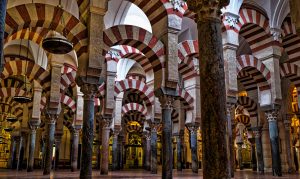
It was converted to a Cathedral in 1523 and a choir and Gothic chapels were added within the original structure, while retaining the essential character.
The Patios of Córdoba:
Due to the warm, dry climate of Córdoba, patios have been a part of the homes in the city since Roman times. They are treated aesthetically with plants and water features like a well or fountain. There are many residential streets where one can stroll and soak in the atmosphere.

In May every year, the city celebrates the ‘Patio Festival’, which is a competition amongst the residents of Córdoba for the prize of the most beautiful patio. The participants decorate the courtyards with colourful flowers and open them for visitors to have a look. The festivities spill onto the streets with outdoor flamenco shows and unlimited Tapas.
Granada: 2 nights
(Around 2 hours from Córdoba)
Granada is a major cultural center of Spain. The various rulers over a long period left their mark on the city with magnificent monuments like the Alhambra. Situated on the foothills of the spectacular Sierra Nevada mountains, Granada is worth a visit not only for the Moorish, Renaissance and Baroque architecture, but also the old Arabic quarters of Albaicín, the cave dwellings of the Romas (Gypsies) in Sacromonte, the Flamenco and the Tapas.
Tapas in Granada:
Having Tapas in Granada is a unique experience since this is the only city where Tapas is served free with the alcoholic drinks! This is an old gastronomic custom which Granada continues to honour much to the delight of the visitors. There are classic tapas bars, historical restaurants, cheap places to extravagant, modern establishments.
Some of them are listed below:
Bodegas Castañeda:

This is a traditional tapas bar in a central location. The cuisine is typical Andalusian and the atmosphere is old world and cosy. It is a very popular place. The portions are generous and the wine list is superb.


Inspired by Andalusian cuisine, this restaurant-bar serves delicious Granada Tapas.
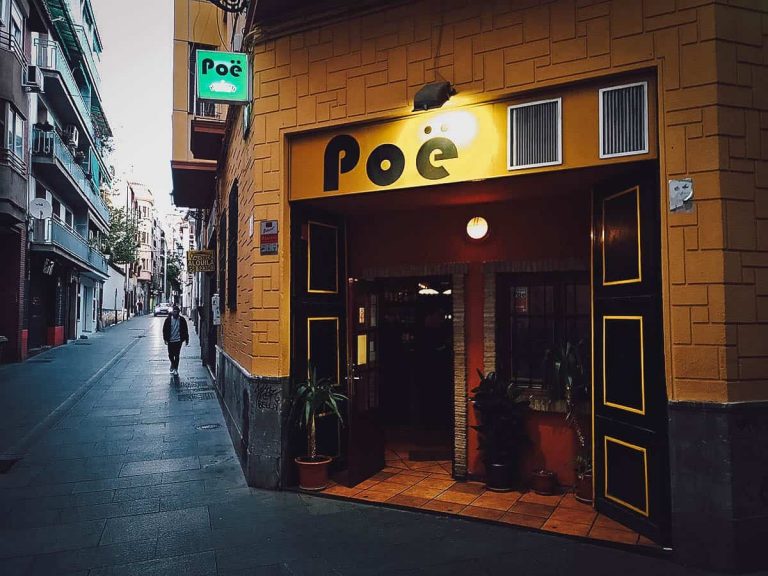
Bar Poë is a centrally located bar serving free tapas with every drink. One can choose from a list of tapas inspired by different countries, cultures and tastes.
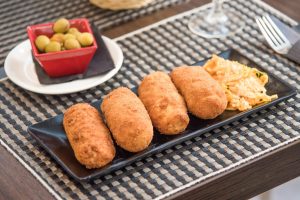
Founded in 1917, Los Manueles presents traditional cuisine with a 21st century flavour. It is now a charming, popular chain of restaurants with a cosy atmosphere.

This restaurant is located in the city centre and has an extensive menu to suit every taste and celebration. Innovation is the key with an emphasis on the freshness and the quality of the products. Their tasting menus and Tapas menu are widely acclaimed.
Sightseeing in Granada:
There are many fabulous ancient monuments but the most magnificent is the Alhambra. And the Flamenco shows are amongst the best in Spain.
The Alhambra is a huge palace and fortress complex built on top of Sabika hill by the Moorish rulers of Granada. The name is derived from an Arabic word which means ‘Red Castle’, owing to its walls made from red earth. The work first started in the 9th century, but the major construction happened in the 13th and 14th centuries.
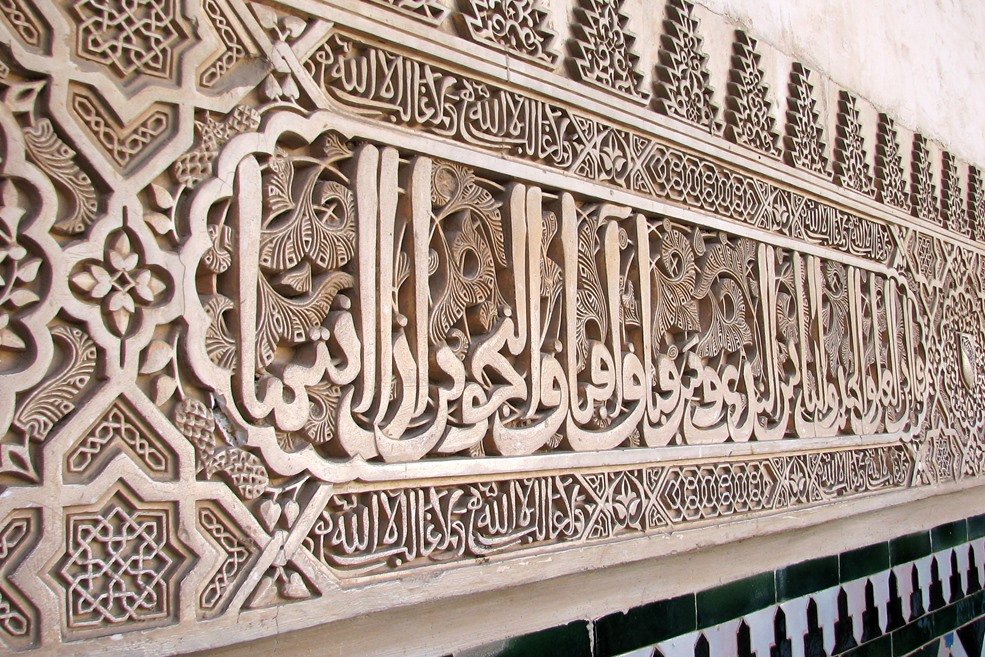

The decorative elements used are exquisite and the ceramic, wood and plaster details are unique. It is a Unesco world heritage site along with the beautiful Generalife Gardens, situated nearby. This is one of the most visited historical monuments in Spain.
Flamenco shows:
Granada is one of the best places in Andalusia to experience the Flamenco. Sacromonte is the epicentre for the most vibrant Flamenco shows, performed inside traditional, cosy cave homes.

There are many places where one can enjoy the Flamenco, some of which are given below.
Zambra María la Canastera
La Casa del Arte Flamenco
Peña la Platería
Cueva de la Rocío
Cuevas los Tarantos
Flamenco classes:
For tourists, there are many options available for learning the basics of Flamenco in a few hours.
Having enjoyed Tapas and Olive oil thoroughly, this culinary journey ends on a return to Madrid (1hr 15 min by flight or 3 hrs 30 min by train) for an onward connection.



